PPT-Experimental Comparison of Two Quantum Computing Architectures
Author : aaron | Published Date : 2019-11-25
Experimental Comparison of Two Quantum Computing Architectures Norbert M Linke Dmitri Maslov Martin Roerreler Shantanu Debnath Caroline Figgatt Kevein A Landsman
Presentation Embed Code
Download Presentation
Download Presentation The PPT/PDF document "Experimental Comparison of Two Quantum C..." is the property of its rightful owner. Permission is granted to download and print the materials on this website for personal, non-commercial use only, and to display it on your personal computer provided you do not modify the materials and that you retain all copyright notices contained in the materials. By downloading content from our website, you accept the terms of this agreement.
Experimental Comparison of Two Quantum Computing Architectures: Transcript
Download Rules Of Document
"Experimental Comparison of Two Quantum Computing Architectures"The content belongs to its owner. You may download and print it for personal use, without modification, and keep all copyright notices. By downloading, you agree to these terms.
Related Documents

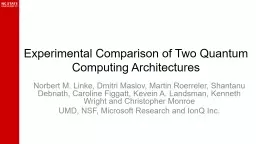
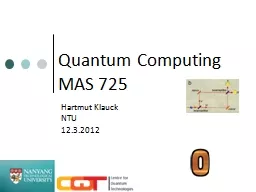
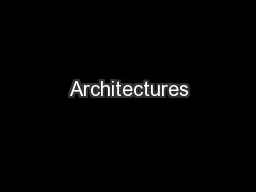
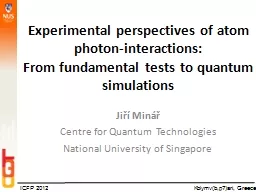
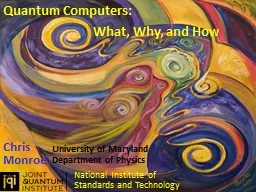
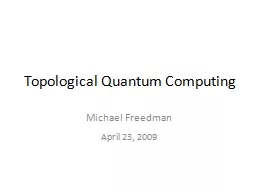
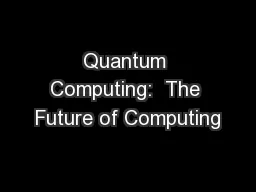
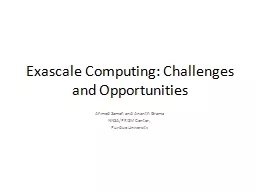

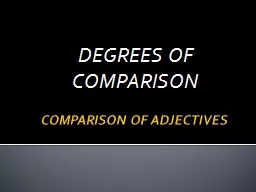
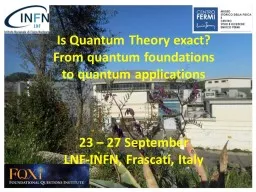
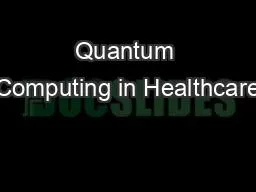
![[PDF]-Practical Quantum Computing for Developers: Programming Quantum Rigs in the Cloud](https://thumbs.docslides.com/976290/pdf-practical-quantum-computing-for-developers-programming-quantum-rigs-in-the-cloud-using-python-quantum-assembly-language-and-ibm-qexperience-640bf4741b58d.jpg)
![[READ]-Practical Quantum Computing for Developers: Programming Quantum Rigs in the Cloud](https://thumbs.docslides.com/992461/read-practical-quantum-computing-for-developers-programming-quantum-rigs-in-the-cloud-using-python-quantum-assembly-language-and-ibm-qexperience.jpg)